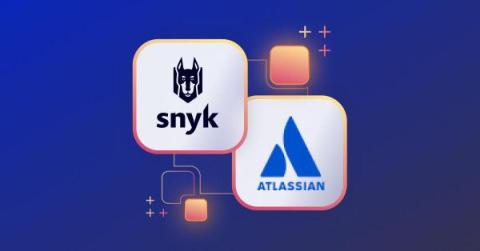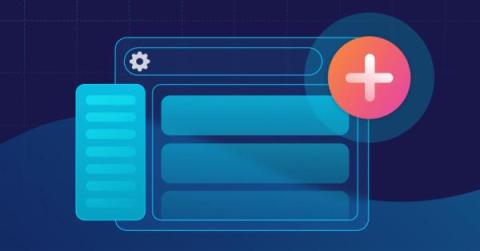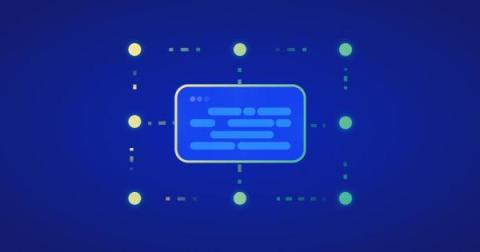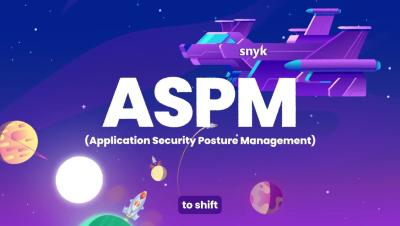Preventing SQL injection attacks in Node.js
As reliance on software systems continues to grow, so does the emergence of numerous security threats. One notable threat for developers, especially those working with Node.js, is SQL injection. SQL injection is a malicious attack where nefarious SQL code is injected into a system, exposing sensitive information, corrupting or deleting data, and sometimes, granting unauthorized access to attackers.











